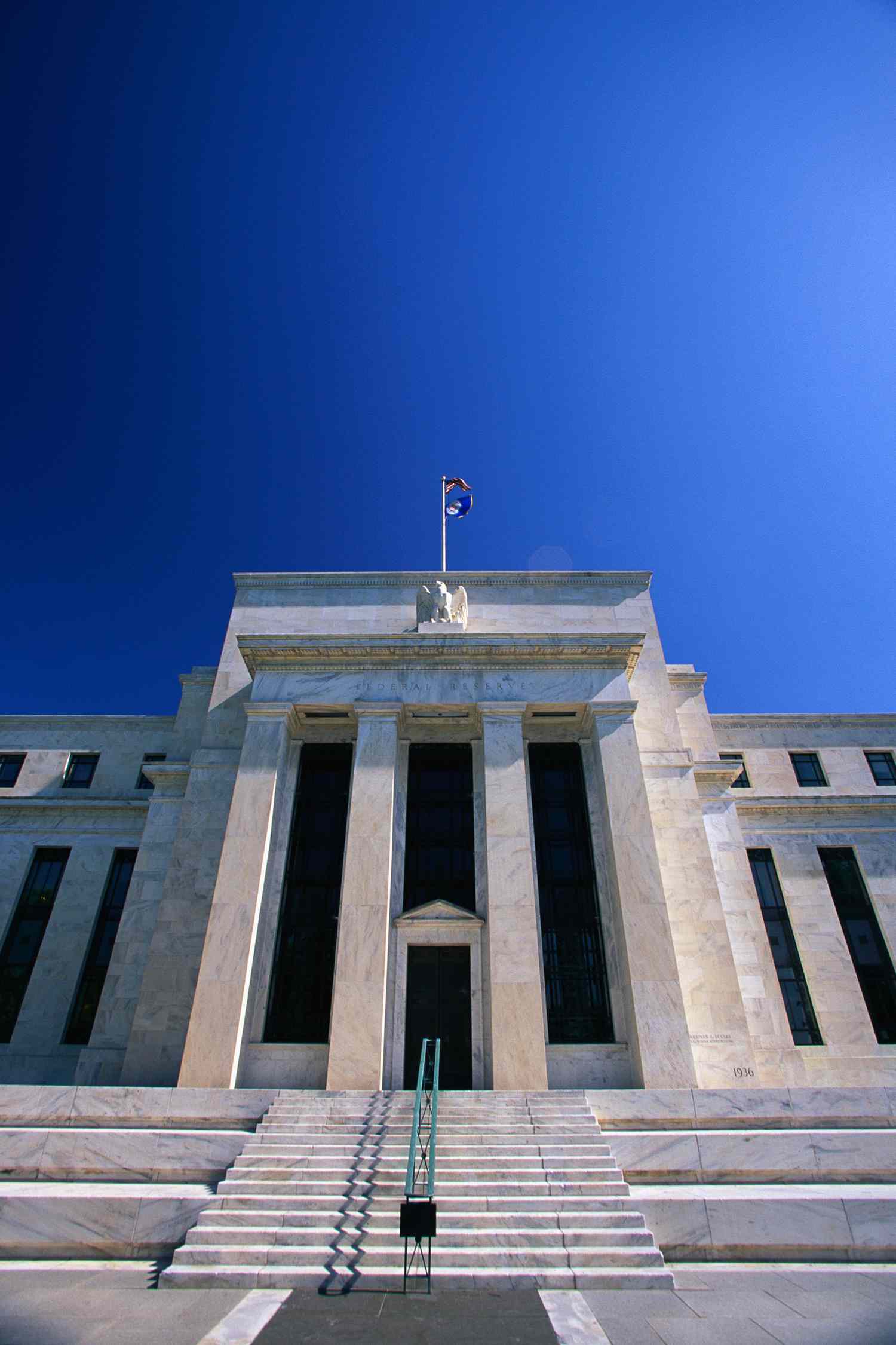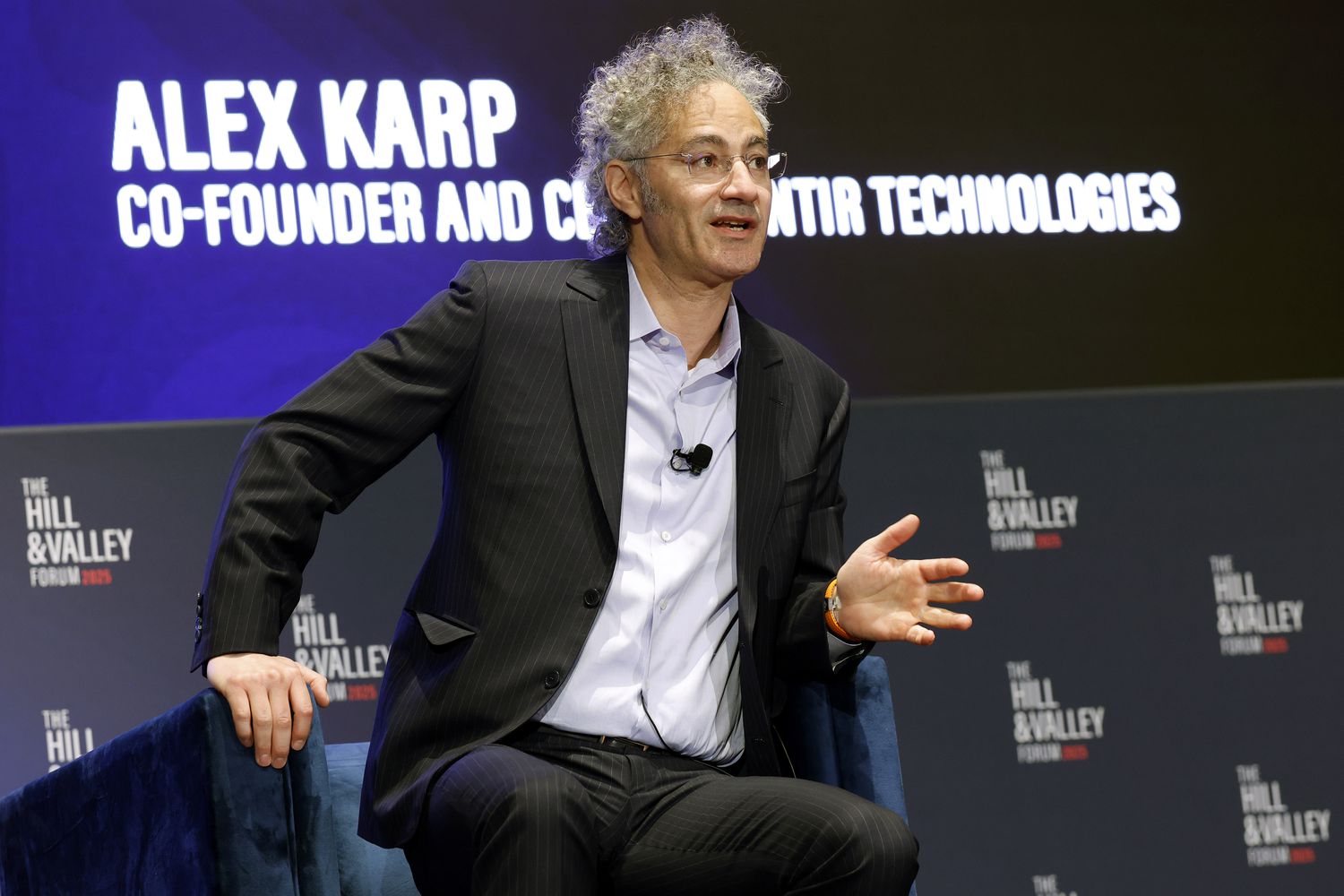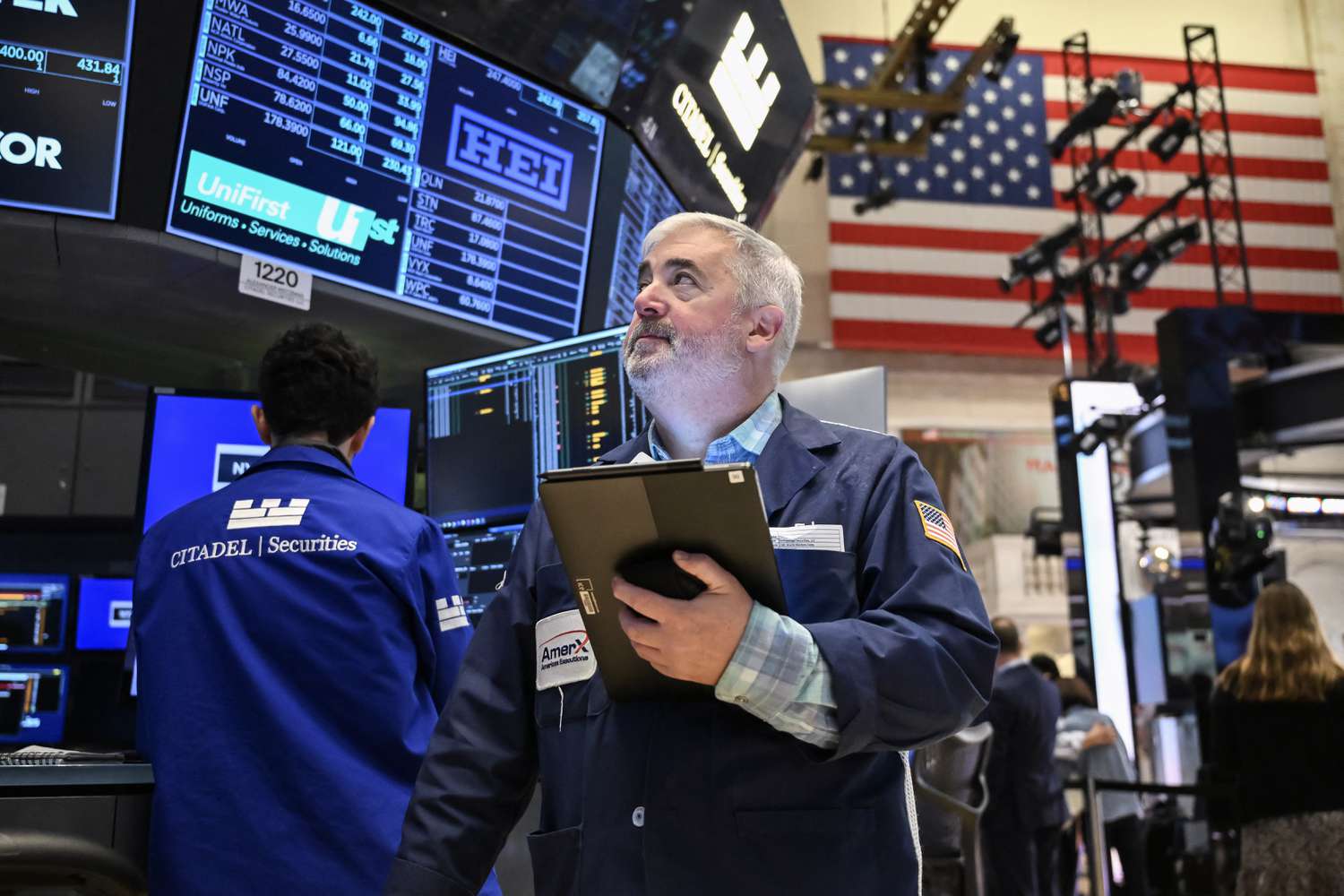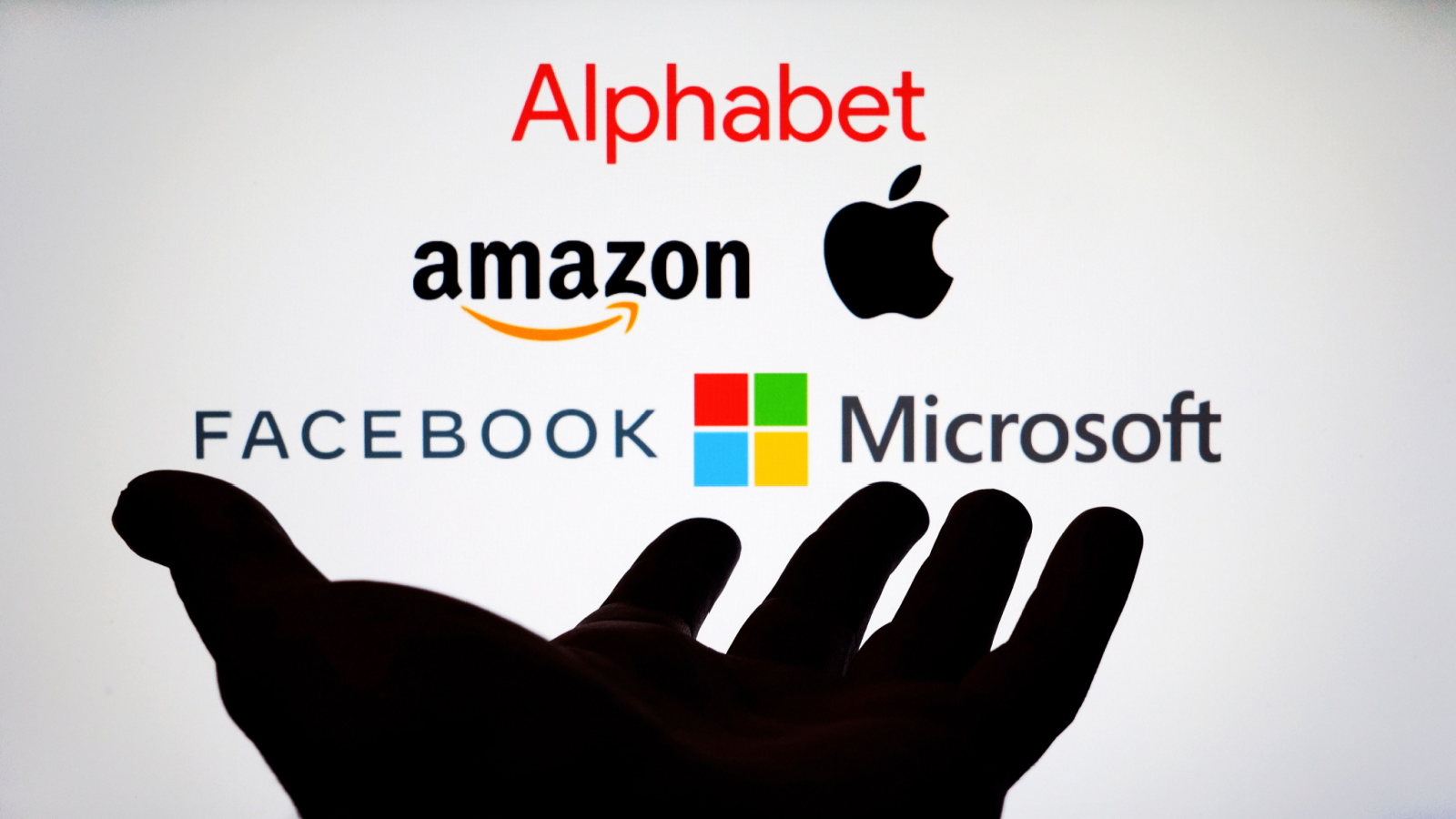Hello, Reader.
A lot can happen in 100 days.
The California gray whale migrates from the waters of Baja California, Mexico, to its summer feeding grounds in the Arctic.
You’re favorite HBO series could air an entirely new season, beginning to end.
Or, the U.S. could stumble into a trade war that sparks recession fears.
On Tuesday, we hit “Day 100” of President Donald Trump’s second term. And the following day, the Commerce Department reported U.S. GDP shrank by 0.3% in the first quarter, the first drop in growth since early 2022.
It is important to note, though, that while two quarters in a row of shrinking GDP is a key indicator of a recession, it’s not the sole determinant.
But the culprit behind the recent decline in U.S. GDP? In part, the trade war.
Businesses are getting nervous. And rightfully so.
No one knows where tariffs are headed. It’s an uncertainty that continues to spook investors. Ultimately, the S&P 500 slipped 0.8% in April, the Dow Jones Industrial Average dropped 3.2%, and both posted their third straight monthly loss. Only the Nasdaq Composite managed a 0.9% gain.
Now, as volatility increases, certain sectors are vulnerable to overbought conditions, meaning they may be overextended and poised for a potential mean reversion.
And this includes the tech sector.
As it happens, beyond Trump’s 100 days, this week also brought earnings reports from four of the “Magnificent Seven” tech stocks… the popular companies that I believe are primed for an impending crash.
So, in today’s Smart Money, I’ll first break down the Mag 7’s latest earnings reports. While the results were mixed, they shared a common theme: concern over the future of the trade war.
Then, I’ll share more about the tech reset that I see coming, what companies you should be looking for instead… and how you can find them.
Earnings, Earnings, and More Earnings
Before we dive into this week’s big tech earnings, let’s take a look back at two Mag 7 stocks that reported earnings a little bit earlier…
Tesla Inc. (TSLA)
Tesla kicked off earnings season for the Mag 7 on April 22 – and it wasn’t pretty. Revenue fell 9% from the previous year to $19.34 billion, largely missing Wall Street’s $21.11 billion estimate. Earnings per share came in at just $0.27, well below the $0.39 analysts predicted.
Trump’s tariff plans have raised concerns about rising costs for key electric vehicle components, from battery cells and circuit boards to manufacturing equipment and glass.
In response to this impact, Musk claimed Tesla is “the least affected car company” when it comes to trade issues. However, Tesla refrained from giving 2025 guidance, citing ongoing uncertainties.
Alphabet Inc. (GOOG)
Two days later on April 24, Alphabet reported revenue of $90.23 billion and earnings per share of $2.81, surpassing analysts’ expectations.
AI advancements, including the rollout of Gemini 2.5, played a significant role in the company’s growth. The “Search and Other” segment grew 9.8% year-over-year, reaching $50.7 billion.
However, the tech giant anticipates potential challenges due to upcoming trade policy changes. Google Business Chief Officer Philipp Schindler stated that the changes will “cause a slight headwind to our Ads business in 2025, primarily from APAC-based retailers.”
That brings us to this week…
Meta Platforms Inc. (META)
On Wednesday, Meta stock rallied more than 5% after reporting earnings of $6.43 per share, compared to earnings estimates of $5.28 per share. Revenue climbed 16% year-over-year to $42.31 billion, topping expectations for revenue of $41.10 billion. Forward-looking guidance was also positive, as company management forecasts revenue between $42.5 billion and $45.5 billion.
The company remains optimistic about its AI moves. In fact, CEO Mark Zuckerberg noted that he sees “five major opportunities” for AI at Meta. The company will use the technology for “improved advertising, more engaging experiences, business messaging, Meta AI, and AI devices.”
Meta will also expand its AI infrastructure and plans to put some of its capital expenditures toward generative AI.
“Our business is also performing very well, and I think we’re well positioned to navigate the macroeconomic uncertainty,” Zuckerberg said on the company’s earnings call.
Microsoft Corp. (MSFT)
Shares of Microsoft opened about 9% higher on Thursday after the company announced earnings of $3.46 per share, beating analysts’ expectations of $3.22 per share. Revenue came in at $70.07 billion, which also topped the expected $68.42 billion. This marks the fourth quarter in a row that the tech giant beat Wall Street’s estimates.
The Intelligent Cloud segment, including Azure, saw a 21% revenue increase driven by AI demand. The company plans to invest $80 billion in data centers to support AI workloads, highlighting its commitment to AI infrastructure.
Apple Inc. (AAPL)
Also on Thursday, Apple announced second fiscal-quarter earnings with revenue of $95.4 billion and earnings per share of $1.65. Although the company beat estimates, shares dipped 4% in extended trading.
On the earnings call, CEO Tim Cook said the impact of tariffs was “limited” last quarter thanks to supply chain adjustments. The company warned that trade-related costs could rise in the coming months. It expects modest revenue growth this quarter.
Amazon.com Inc. (AMZN)
Amazon’s first quarter earnings surpassed expectations on Thursday when it reported earnings per share of $1.59, beating analysts’ estimates of $1.36 per share. Revenue of $155.67 billion also topped analysts’ estimates of $155.04 billion.
However, the company anticipates operating income between $13 billion and $17.5 billion, falling short of the $17.8 billion that analysts had projected. Amazon called out “tariffs and trade policies” as a factor that could make its guidance subject to change.
The final Mag 7 company – Nvidia Corp. (NVDA) – won’t report earnings until May 28.
Now, while all of these companies share concerns over the new tariff regime, they also have something else in common…
Surviving the Tech Reset
These big tech giants are trading at incredibly lofty valuations.
The median Mag 7 company trades at 27.9X forward earnings, or 55% higher than the median S&P 500 company. Looking at just one out of the seven, Meta is trading at 22X forward earnings, or 23% higher than the median S&P 500 company.
As I mentioned, overbought companies – like the Mag 7 – may be poised for potential mean reversions. That means America’s most popular tech stocks could come plummeting back to Earth, erasing years of investor profits.
So, with the risk of these overbought stocks correcting, it’s crucial to stay informed…
Like how the leaders of these companies – including Jensen Huang, Tim Cook, and Jeff Bezos – are offloading their own shares at a record pace.
In fact, according to a financial filing released just yesterday, Bezos disclosed a plan to sell up to 25 million shares of Amazon stock over a period ending May 29, 2026. (Bezos stepped down as CEO in 2021, but he remains the company’s top shareholder.)
However, there is a way to sidestep the incoming potential losses on overvalued stocks…
It’s by moving your money out of Big Tech and into the investments that the “top 1%” are piling into: “Next-Gen Stocks.”
Next-Gen Stocks are the next big “wealth transfer” in America, and they are converging with AI to bring about massive amounts of innovation to an industry that is estimated to grow globally to a $12.6 trillion value by 2030.
I put all the information that you need to know about coming tech reset – and these Next Gen Stocks – in a free, special broadcast that you can access here.
Regards,
Eric Fry

















